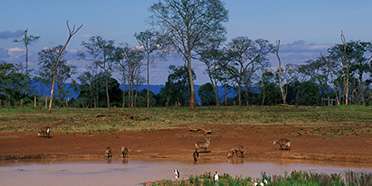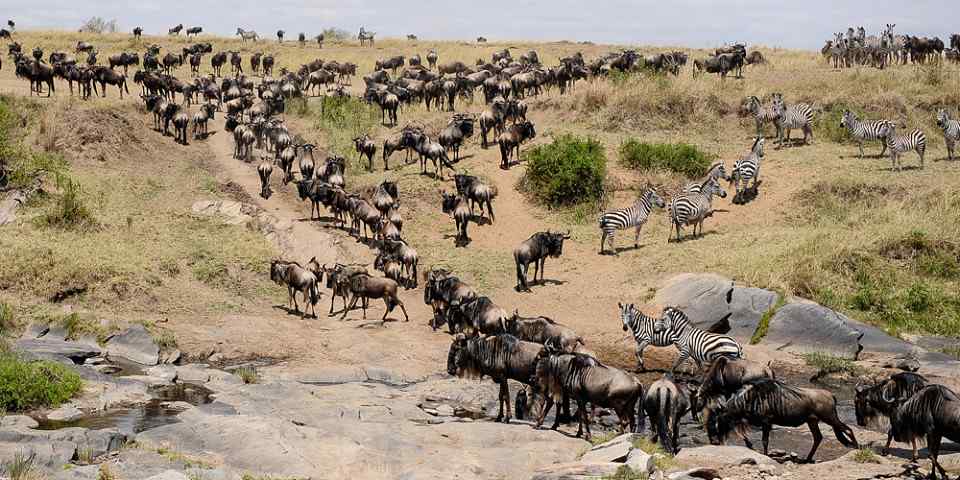
Safari Tours to Aberdare NP
-
![7-Day Touch of Wilderness Kenya Parks Safari]()
7-Day Touch of Wilderness Kenya Parks Safari
$2,434 to $3,412 pp (USD)
Kenya: Private tour
Mid-range Lodge & Tented CampYou Visit: Nairobi (Start), Amboseli NP, Aberdare NP, Lake Nakuru NP, Masai Mara NR, Nairobi (End)

Morning Star Tours & Travel
4.9/5 – 301 Reviews
-
![7-Day Off the Beaten Path - Luxury]()
7-Day Off the Beaten Path - Luxury
$2,710 to $3,170 pp (USD)
Kenya: Private tourLuxuryLodge & Tented Camp
You Visit: Nairobi (Start), Masai Mara NR, Lake Nakuru NP, Aberdare NP, Samburu NR, Nairobi (End)

Spirit of Kenya
4.9/5 – 542 Reviews
-
![8-Day Scenic Kenyan Odyssey Tour]()
8-Day Scenic Kenyan Odyssey Tour
$4,582 pp (USD)
Kenya: Private tour
Mid-range Lodge & Tented CampYou Visit: Nairobi (Start), Aberdare NP, Ol Pejeta Conservancy (Laikipia Plateau), Lake Nakuru NP, Lake Naivasha (Naivasha), Masai Mara NR, Nairobi (End)

Pallid Safaris
5.0/5 – 28 Reviews

 Kenya Parks
Kenya Parks









